Top Photo: Acorns are falling.
Three years ago I noted here in this blog that “Some of our white oaks are producing a bumper crop of acorns this fall.” It’s happening again. But it seems there are more than just some of our white oaks producing acorns by the bushel. They all seem to be producing fruit in numbers. At one point it sounded as though it was raining as the acorns were steadily dropping to the ground.
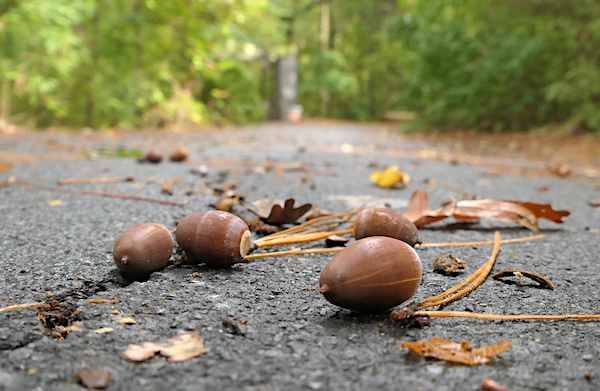
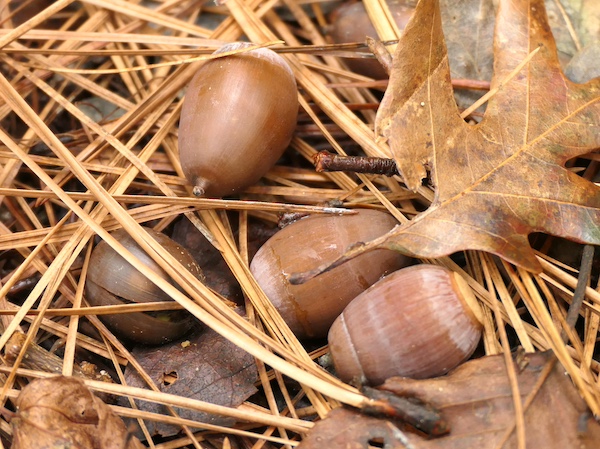
There are two groups of oaks, red oak and white oak. The main visible difference between the two groups is that our local red oaks have pointed lobes on the leaves (some of them quite spiky) while white oaks have rounded lobes. There are various species within each group, but most within their respective group share that characteristic.
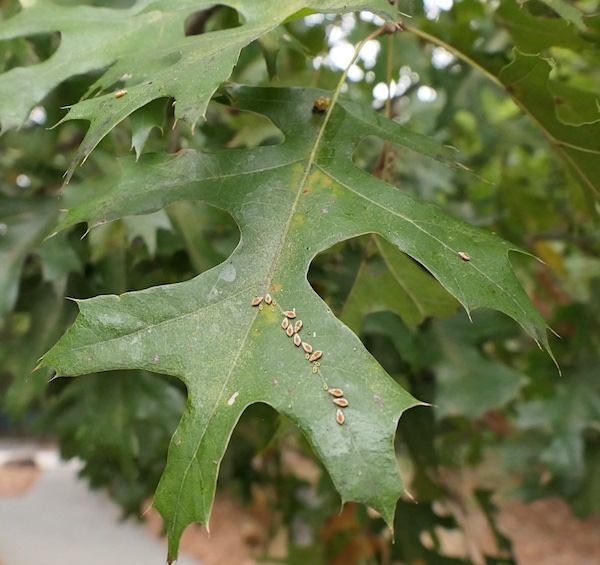
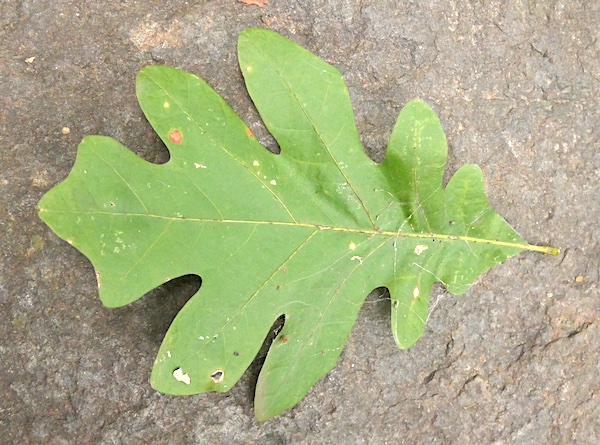
The white oak and red oak groups are both producing, though the white oaks seem to be leading the race, by far. In fairness, there are more white oaks than there are reds here at the museum, and they’re older. But still, this is not a big year for the local red oaks.
Noteworthy are an abundance of acorns along the path on the Dinosaur Trail near the Troodons and again near the Alamosaurus. A large number of acorns are also on the ground just past the exit/entrance to the Dinosaur Trail as you leave the trail heading down the path to the left.
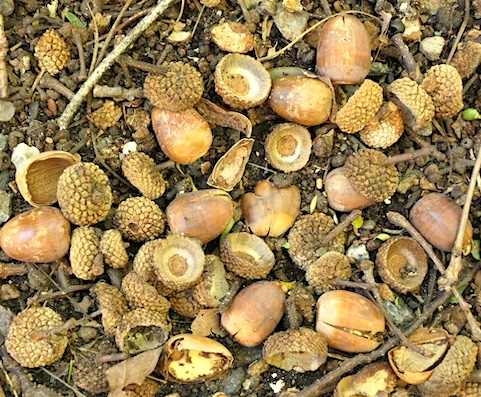
One place you might want to have a stop and look is across from the Sailboat Pond in Catch the Wind. Here, an overcup oak is throwing out acorns like they were contagious. The caps, or cupules, of this tree’s acorns typically cover the entire acorn to the “remains of the style” on the acorn (the little point at the tip of the acorn is what is left of the flowering tube-like structure which connects the ovary to the stigma during the flowering stage, the point is referred as the “remains of the style.”)
You can surely see the reason for the name overcup oak, the cap covers nearly the entire nut. And, you can see that the leaves have rounded lobes, putting this tree in the white oak group.
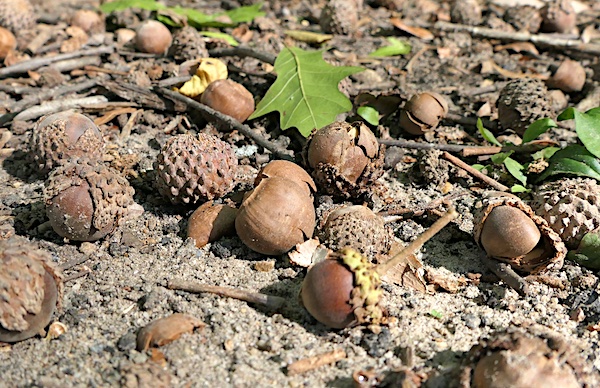
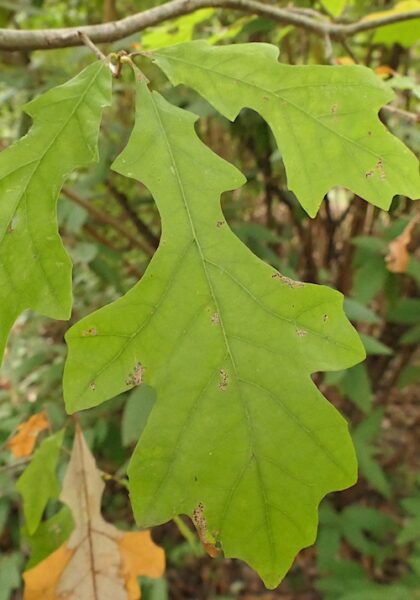
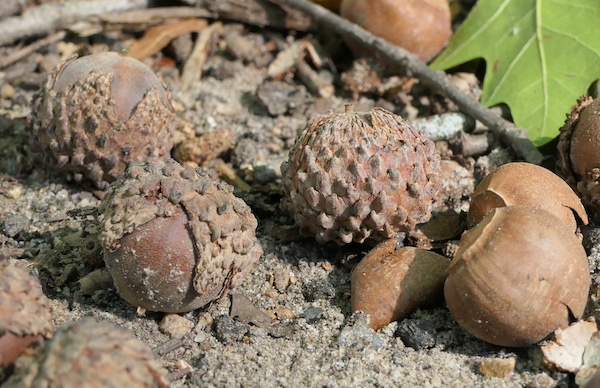
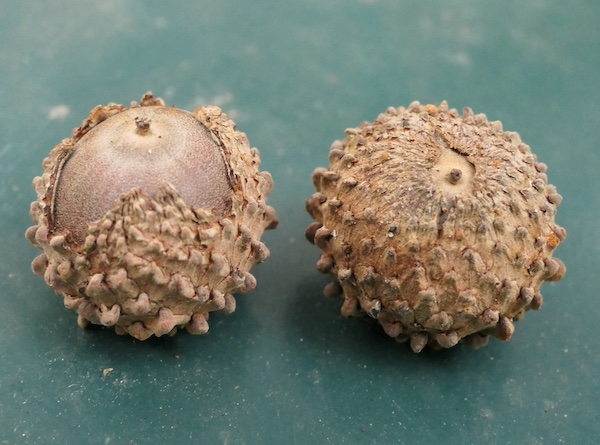
So get out and have a look around before the squirrels and other local wildlife eat them all. Actually, I doubt that will happen. But they are starting to thin out. This is a perfect time of year to be outdoors. Looking at the acorns can be your excuse for leaving behind the computer, mop, saw, or whatever it is you’re laboring over and relax a bit.
Ranger Greg
I just had to say thank you, Ranger Greg. I just found out the moths I photograph last month are Anisota senatoria. I had never seen this moth up close before but the light tan and orange were hard to miss.
I am going to need to come visit this location. Never knew it was nearby. I used to live in Richland Co, SC and loved to visit the Congaree Swamp National Park and photograph the interesting creatures I came acrossed.
Thank you again for the wonderful info. Wish I could attach my photo but I did not see a way to do that.
I always wondered what “Mast Year” meant.